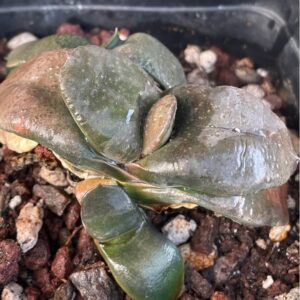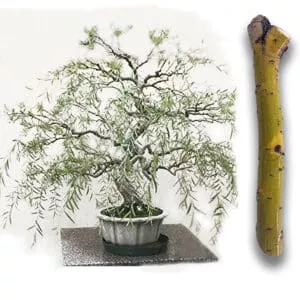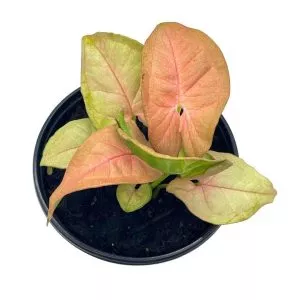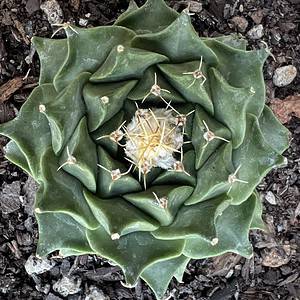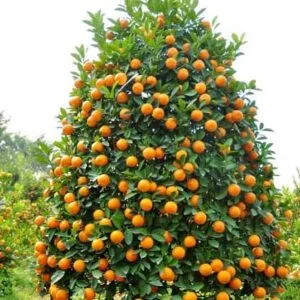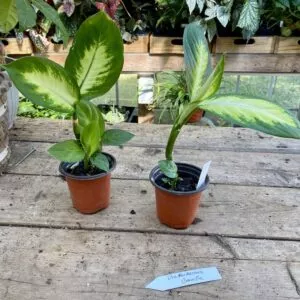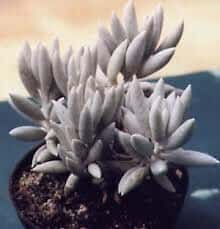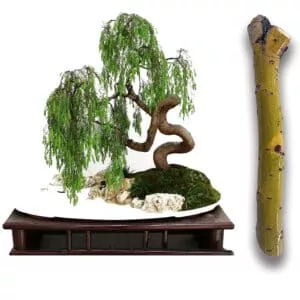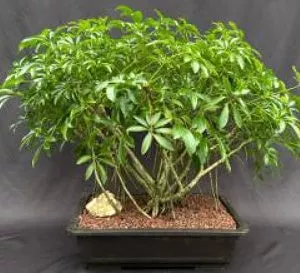No products in the cart.
Table of Contents
This is one plant with an ever-changing nature and is a fantastic one. It has a tropical accent with exciting adaptations. Today, we will help you care for this rare tropical plant to ensure it thrives in your home.
Without a doubt, this indoor plant will surely surprise you with its unique beauty.
Interesting Facts About These Philodendron Plants
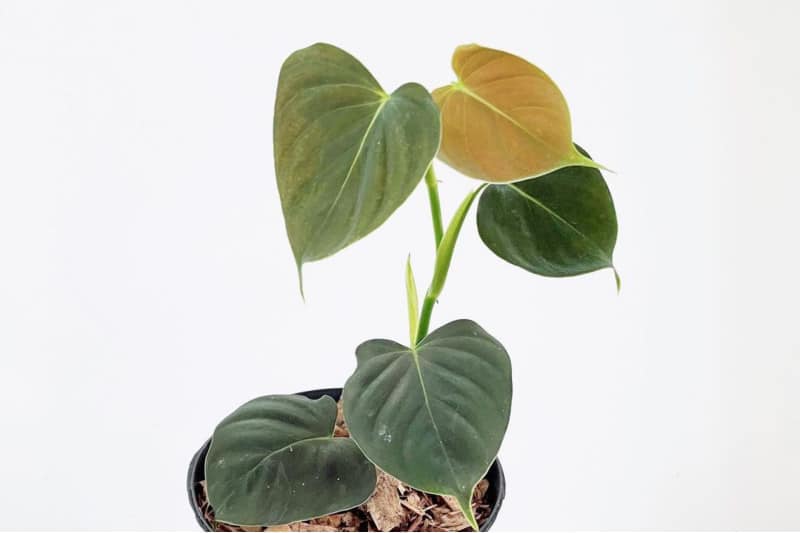
The Philodendron lupinum will get you all excited about gardening. The intriguing thing about this plant is its leaves. It provides you with an insight into what it looks like on the damp grounds of the forest.
The plant thrives in humid yet low light conditions as a hemiepiphyte by slowly takings its roots from the top to the ground. Philodendron lupinum is a magnificent shapeshifting plant as it matures. The rounded leaves turn lustrous and become creased, reaching up to 20 inches in size.
Pretty impressive, right? If you have one of these plants, go ahead and touch the leaves. How does it feel? You feel a velvety texture with tiny hairs that refract more light.
Now, look at the underside of the leaves; it has a dark maroon color. The tint is another light-catching adaptation as the light reflects from the bottom cells and returns through the above photosynthesizing cells. How impressive is that? Now, you may wonder how this plant will adapt indoors.
The answer is it adapts pretty well. The Lupinum Corrugated Leaf starts with small leaves, and with a totem, it climbs, morphing into huge foliage, and has a healthy root system. So, no matter where you place this Philodendron, it always reaches out to the light.
Philodendron Lupinum Care
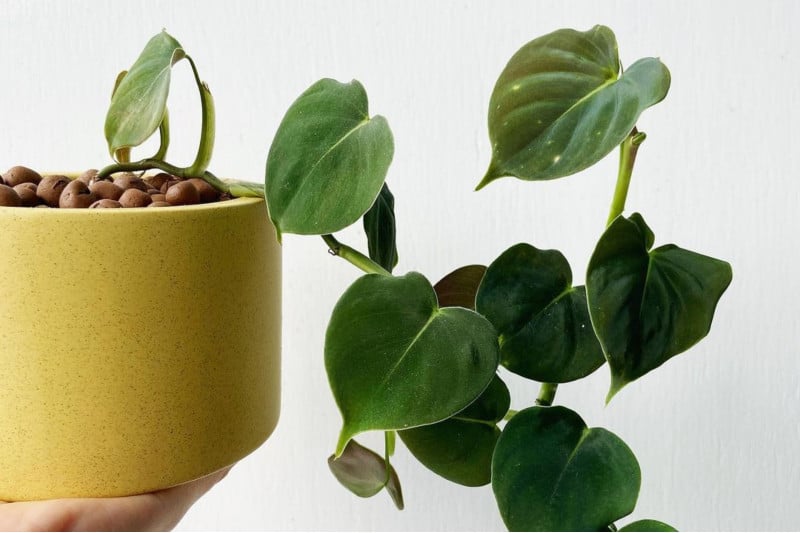
The tropical plant proliferates even with little care in your home. You can grow them as outdoor plants or a houseplant in mild climates. For best growth, we recommend using a sphagnum moss pole to climb on.
You can also place them in hanging baskets, and pots or grow them as ground cover or a tree wrap.
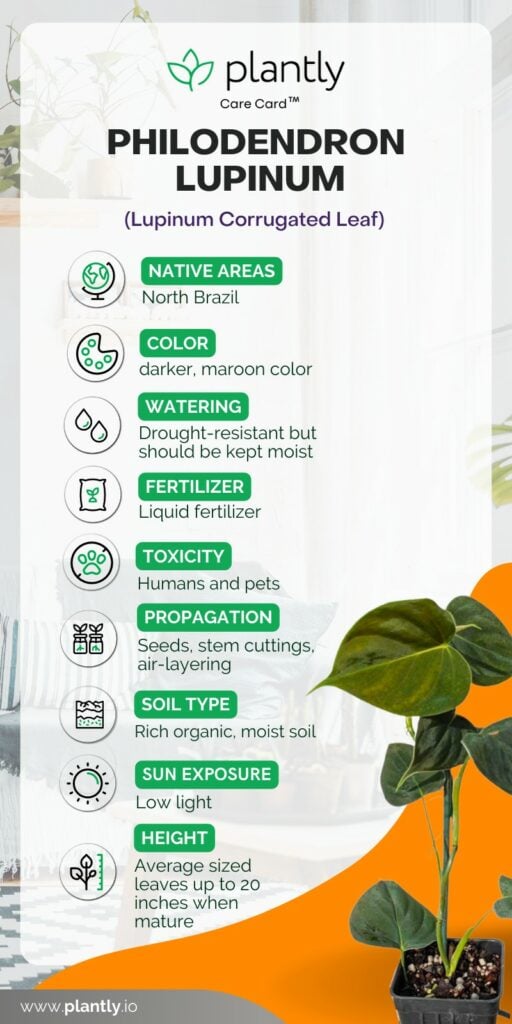
While it is a low-maintenance indoor plant, it helps to know some detailed information to properly care for this tropical beauty.
Best Potting Mix for Tropical Plants is Orchid Bark

Most plants from the tropics thrive in moist, well-draining soil, which applies to this beautiful plant. The best potting medium is one part perlite, a regular grower’s mix, and one part orchid bark.
Mixing these ingredients will give your plant airy yet moist soil to grow without suffocating its roots. Even without soil, it also grows well in a moss-growing medium.
Another option is to mix half vermiculite and half peat moss. Just remember that most Philodendron lupinum is drought tolerant but compared to other houseplants, they still need a well-retaining water medium. If grown in too wet conditions, it can lead to root rot, and you do not want this to happen.
Ideal Lighting for Philodendron Shapeshifts
The corrugated leaves of this plant thrive in low light compared to others in the Araceae family. While the Philodendron lupinum might not have been popular as an indoor plant before, it is now the best plant in your home.
The perfect spot is a bathroom as it flourishes in high humidity with a well-draining mix. Make sure to place it away from the window in a corner to prevent exposing it to bright light.
In stock In stock In stock Only 1 left in stock
$18.00
Sold By:
Beauties & Beasts
Succulent-Gasteria species
Rated 4.83 out of 5 based on 24 customer ratings00
Sold By:
Beauties & Beasts
Free Shipping
$19.99
Sold By:
Twigz Nursery
Green Dwarf Australian Bonsai Willow Tree – Cutting Kit – Live Bonsai Tree
Only 999 available and it’s in 1 people’s basket Rated 4.93 out of 5 based on 90 customer ratings17
Sold By:
Twigz Nursery
$20.00
Sold By:
BubbleBlooms
$25.00Syngonium Pink, podophyllum, in 4 inch pot
Rated 4.81 out of 5 based on 279 customer ratings00
Sold By:
BubbleBlooms
$35.00
Sold By:
Kazumi Nursery
Obregonia Denegrii T1-884
Sold By:
Kazumi Nursery
Watering Needs For Moist Soils
You need not be strict with the watering schedule of this philodendron plant. Even when not watered for a short, your plant can survive provided it is highly humid.
Still, giving enough water is best to ensure that the soil is moist. Another excellent way to water is from the bottom up. This will help develop stronger roots.
Temperature Care Tips
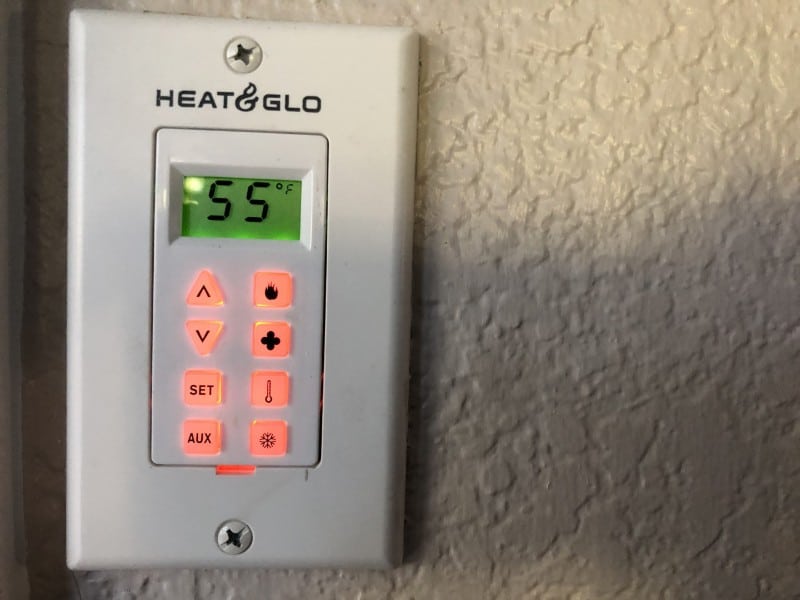
As this is a tropical plant, they are not frost-resistant. So, we recommend temperatures between 65°- 80°F
If grown as an outdoor plant in a pot, we recommend bringing them inside when the temperature drops, and another note, your plant will droop if the temperature reaches over 80°F (27oC).
While drafts are not a big concern, sudden temperature changes can become detrimental.
Humidity Consideration When Planting
Do you remember the feel of the leaves, all velvety with tiny hairs? Well, they have a function as they act as moisture-wicking, similar to Anthurium-like plants.
Those hairy leaves love high humidity and act reasonably in a typical moist environment. So, if you received your greenery from a greenhouse, you need to introduce it to your home’s humidity gradually.
We recommend a moisture level of 60% or above.
Feeding To Provide Essential Nutrients
The best feed is a balanced liquid fertilizer containing calcium and magnesium. If your plant lacks these nutrients, you get pale leaves.
You can dilute the fertilizer feed to a half-strength and apply it once monthly. Reduce feeding in winter. We recommend watering your plant first and then adding the fertilizer to prevent burn.
In stock Only 1 left in stock In stock
$66.21
Sold By:
Carlo's Plant Farm
6 Crape Myrtle Muskogee | Carlo`s Plant Farm
Rated 5.00 out of 5 based on 22 customer ratings00
Sold By:
Carlo's Plant Farm
$50.00
Sold By:
Emerald Dragon Greenhouse
Star Burst
Only 1 available and it’s in 2 people’s basket Rated 5.00 out of 5 based on 15 customer ratings03
Sold By:
Emerald Dragon Greenhouse
Free Shipping
$295.00
Sold By:
Andygarden2023
Calamondin 5-6ft tall
Only 10 available and it’s in 1 people’s basket
Sold By:
Andygarden2023
Propagating Plants
Okay, you want to multiply the Philodendron lupinum. You can do it with ease through the following methods:
Propagation Through Cuttings
Cuttings are one of the easiest methods to help reproduce new plants. The reason is that the cutting easily adapts to a regular grower’s mix.
Another important note is that it helps to take about 30% of the plant using this method. You can leave one node on it at the top.
If you do not submerge it in water, you can wrap the nodes using moist sphagnum moss. Then, when it has roots a few inches long, you can place it in a pot or leave it to grow as is.
In stock In stock In stock
$12.00
Sold By:
Smoot's Farm
Dieffenbachia or Dumb Cane Plant Camille 4 Inch Pot
Rated 4.89 out of 5 based on 27 customer ratings00
Sold By:
Smoot's Farm
$7.99 – $10.99
Sold By:
Succulent Oasis
Senecio Haworthii Succulent, Cocoon Plant
Only 10 available and it’s in 1 people’s basket Rated 4.84 out of 5 based on 352 customer ratings01
Sold By:
Succulent Oasis
$20.00
Sold By:
Soul Peace Gardens
Soul Peace Bundle – Baby Toes Succulent – Fenestraria Rhopalophylla
Only 1 available and it’s in 1 people’s basket
Sold By:
Soul Peace Gardens
Planting Seeds
You can grow your Philodendron lupinum using seed, but this is a prolonged process. Rember to use organic matter and not sandy soils.
You can plant the seed a third inch deep, and the seed needs no prior soaking. Yet, it can take up to eight weeks for the seed to germinate and spray the ground with water.
Once you see live plants, leave them to grow sturdy and transplant them into new pots.
Air-Layering
You can only take cuttings from younger and not older plants. Yet, there is another way to propagate if you only have mature plants.
- Take a mature branch, and cut halfway through at a 45° angle.
- Take a small piece of clear plastic wrap and insert it into the cut with moss.
- Use some string to keep the moss to the cut.
- You will notice roots developing in two weeks. Remove the new plant from the cut and place it with the moss into a pot.
Growth Zone

You can grow your Philodendron lupinum outdoors in zones 10 and 11 in the tropical South. The best is to provide your plant with partial to full shade.
Potting Philodendron lupinum
You can pot this plant in different ways and potting mediums. You can even allow it to grow attached to a tree or become part of a wall so, if grown in a container, you can expect your plant to get a new home every few years or if you notice the roots growing through the holes.
Philodendron Lupinum Varieties
Philodendron spiritus sanctii
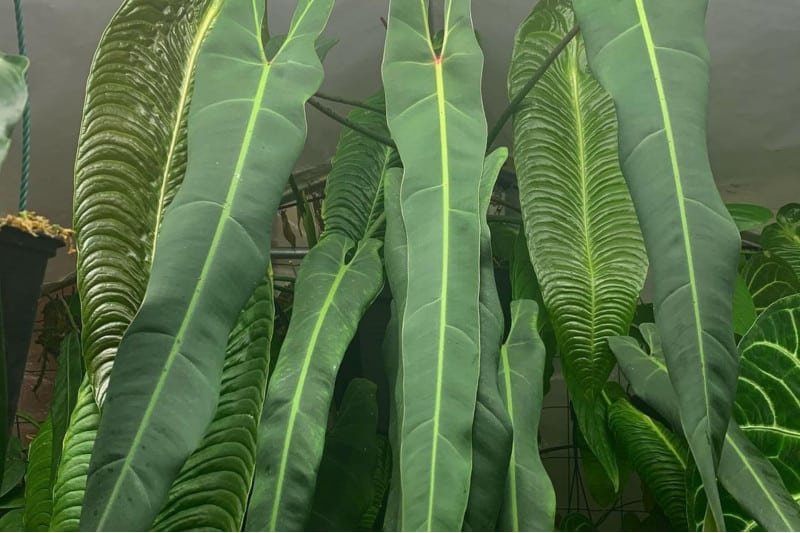
This is a rare plant and is sought-after by many plant collectors. It has draping angel-wing leaves and grows slowly. Unfortunately, neither do they propagate quickly, and if you have one, count yourself lucky.
Philodendron patriciae
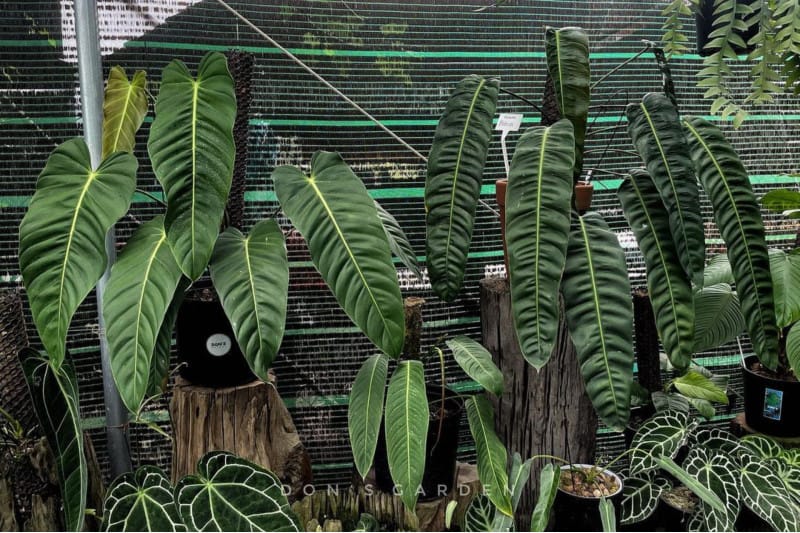
The plant is a show-stopper with paddle leaves hanging vertically and elongated. The central vein glows with curvy yet rippled undulations. The only thing the plant is touchy about is movement.
Philodendron ‘Paraiso Verde’
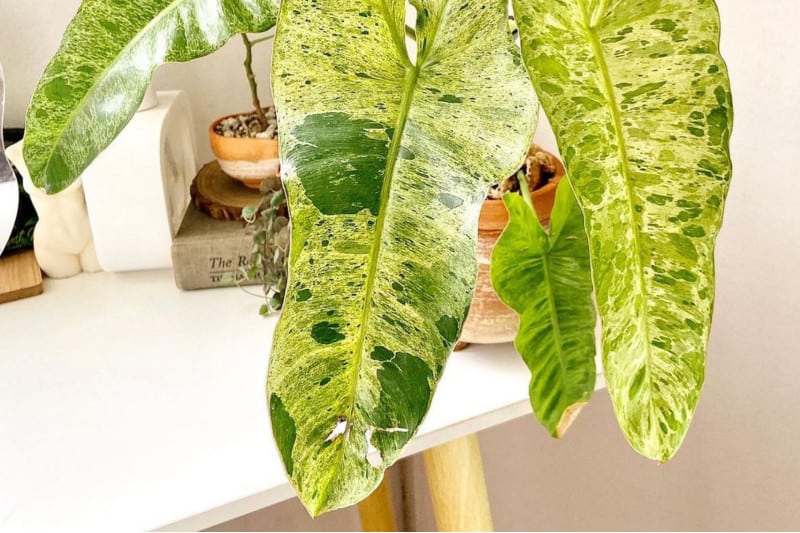
You will lose your mind over this plant with its variegated leaves. The foliage display multiple shades of green with patterns.
Philodendron Lupinum Diseases & Pests
Any Philodendron varieties can attract different insects, as you will see here:
Little Bright Green Bugs
Aphids loved the branches where the flesh is soft under the leaves by the nodes. But, in substantial numbers, they cause severe damage to your plant. You can hose your plant off with water and use an insecticidal soap or neem oil as a treatment.
Little White Cotton Balls
The mealybug is another critter that harms your plant. But if not too infested, you can remove them with a q-tip dipped in alcohol. These insects suck the living daylight out of the foliage, and you can shower them off with an insecticidal treatment like neem oil.
Little Brown Shells
Scale is another concern, and you can remove them using your fingernails. Underneath the hard shell is a small critter feeding away on your plant.
The problem is that they look like aerial roots and go unnoticed. The problem is that the insect you cannot remove using insecticide needs removed mechanically.
So, get rubbing alcohol with a toothbrush or your fingernails.
Frequently Asked Questions
Yes, it is a rare plant but not as scarce as the Philodendron spiritus sanctii, although, both are exotic plants.
When the Philodendron lupinum is young, it does look like your P. micans. But once your plant matures, it has shiny leaves that the micans do not have. The Lupinum has a darker pink hue underside color as well.
There is a considerable difference between the Philodendron lupinum and Philodendron melanochrysum in the foliage. The latter is also known as the melano or black-gold Philodendron. It also has velvety leaves with a dark green shade and yellow veins. The Philodendron lupinum also has dark green leaves with a maroon underside.
You can find this gorgeous plant sold online or at some local garden centers. Yet, you need not go tropical plant hunting as Planty can help you get the Philodendron lupinum or any other rare plant you want.
Whether you want to buy, sell or simply reach out to other plant enthusiasts, Plantly is the right place to be!
Only 1 left in stock In stock In stock Only 1 left in stock
Free Shipping
$815.50
Sold By:
BONSAI WORLD LLC
Hawaiian Umbrella Bonsai Tree Banyan Style (arboricola schfflera)
Sold By:
BONSAI WORLD LLC
$20.00
Sold By:
BubbleBlooms
$25.00Syngonium Pink, podophyllum, in 4 inch pot
Rated 4.81 out of 5 based on 279 customer ratings00
Sold By:
BubbleBlooms
Free Shipping
$19.99
Sold By:
Twigz Nursery
Green Dragon Dwarf Australian Bonsai Willow Tree | Cutting Kit | Live Plant
Only 987 available and it’s in 5 people’s basket Rated 4.93 out of 5 based on 90 customer ratings20
Sold By:
Twigz Nursery
Free Shipping
$760.45
Sold By:
BONSAI WORLD LLC
Hawaiian Umbrella Bonsai Tree Banyan Style (arboricola schfflera)
Sold By:
BONSAI WORLD LLC
